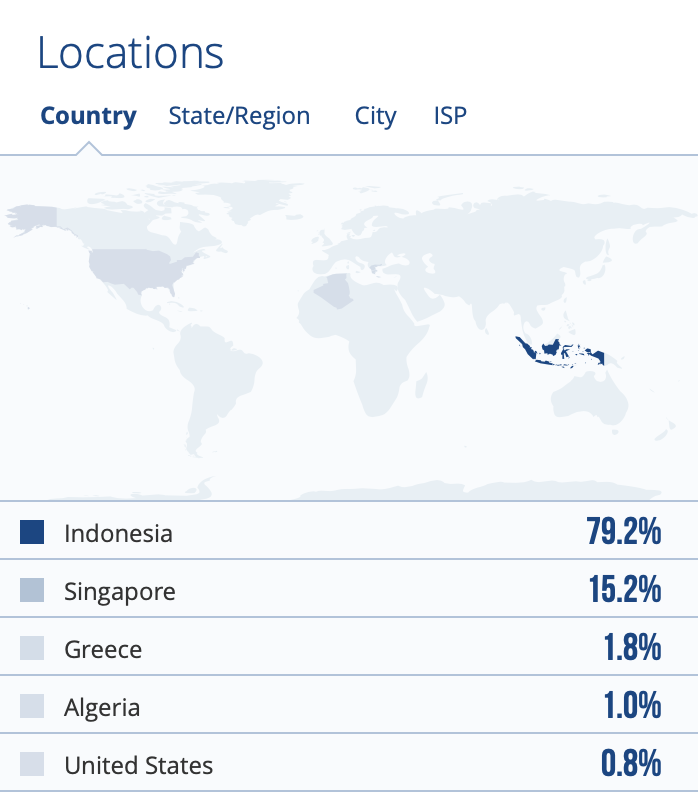PORTRAYING HOW IMAGES ARE USED BY EFL TEACHERS IN THE TEACHING OF TEXTS
DOI:
https://doi.org/10.31980/eeal.v6i2.47Keywords:
Multimodal, image, textbooks, meaningAbstract
Multimodal language literacy generates social and contextual ties and refers to the study of language combining two or more modes of meaning. This study aims to investigate how EFL teachers utilized pictures as a meaningful resource. Data collection was carried out face-to-face between teachers and students at one of Junior High Schools in Garut. In this study, an analysis was carried out to determine whether the teacher could explain an image in a text that produced meaning. The results of this analysis found that teachers only mastered limited multimodal competencies. This shows that teachers use pictures only to help teach texts, but teachers do not have enough teaching materials to use for teaching texts and only focus on textbooks when using pictures to make meaning. Then, based on these findings, it is suggested that teachers increase their competency in explaining multimodal meanings in texts so that images are used not only to create understandable learning materials but also to generate more meaning from texts. Based on these findings, it is recommended that teachers improve their ability to explain multimodal meanings in texts so that images are employed not just to make understandable learning materials, but also to generate additional meaning from texts.
References
Ajayi, L. (2012). How Teachers Deploy Multimodal Textbooks to Enhance English Language Learning . TESOL Journal Vol. 6, 16-35.
Baldry., A., & Thibault, P. J. (2006). Multimodal transcription and text analysis : a multimedia toolkit and coursebook. London: Equinox.
Bezemer, J., & Kress, G. (2010). Changing text: A social semiotic analysis of textbooks. Design for Learning, 3, 10-29.
Brinton, D. (2001). The use of Media in Language Teaching. Dalam M. (. in Celce-Murcia, Teaching English as a second or foreign language (3rd ed) (hal. p. 130). Boston: Heinle and Heinle.
Coffin., C., Littleton., K., & Whitelock, D. (2010). Multimodality, orchestration and participation in the context of classroom use of the interactive whiteboard: a discussion. Technology, Pedagogy and Education, 19(2), 211-223.
Creswell, J. W. (2012). Qualitative inquiry and research design. Dalam Choosing among five approaches. Third edition. Los Angeles: Sage.
Eggins, S. (2004). An introduction to systemic functional linguistics. (2nd Ed). New York: Continuum.
Emilia, E. (2014). Introducing Functional Grammar. Bandung: Pustaka Jaya.
Fajriah, Y. N., Hamied, F. A., & Gunawan, W. (2021). IMAGE-TEXT RELATION INTERPRETATION: TEACHERS’ VISUAL-VERBAL COMPETENCE IN TEACHING TEXTS. Cakrawala Pendidikan, Vol. 40, No. 1.
Fontaine, L. (2013). Analysing English grammar: A systemic functional introduction. Cambridge Univercity Press.
Garcia., O., Flores., N., & Spotti, M. (2017). Language and Society. UK: Oxford Univercity Press.
Gerot., L., & Wignel, P. (1994). Making Sense of Funtional Grammar. Sydney: Gerd Stabler.
Halliday., & Matthiessen. (2004). An introduction to functional grammar. New York, NY: Hodder Arnold.
Halliday., M. (1979). Modes of meaning and modes of expression: types of grammatical structure, and their determination by different semantic functions. Dalam E. C. In D.J. Allerton, Function and Context in Linguistic Analysis: essays offered to William Haas (hal. 57–79). Cambridge: Cambridge University Press.
Hermawan, B., & Sukyadi, D. (2017). IDEATIONAL AND INTERPERSONAL MEANINGS OF CHILDREN. Indonesian Journal of Applied Linguistics, 7(2), 404-412.
Kress, G. (2003). Literacy in the New Media Age. London & New York: Routledge.
Kress, G. (2003a). Genres and the multimodal production of “scientificness”. Dalam I. C. (Eds.), Multimodal literacy (hal. 173-186). New York: Peter Lang.
Kress, G., & Jewitt, C. (2005). English in Urban Classrooms : A Multimodal perspective on teaching and Learning. London and New York: Routledge Falmer.
Kress, G., & Jewitt, C. (2005). English in Urban Classrooms : A Multimodal perspective on teaching and Learning. London and New York: Routledge Falmer.
Kress, G., & van Leeuwen, T. (1996). Reading images: The grammar of visual design. London: Routledge.
Leeuwen, T. v. (1999). Speech, music, sound. London: Macmillan Press LTD.
Lim-Fei, V., & Yin, S. T. (2017). Multimodal translational research: Teaching visual. Dalam I. O. Wildfeuer, New Studies in Multimodality: Conceptual and Methodological (hal. 175-199). London: Bloomsbury Academic.
Macken., M., & Horarik. (2003). A telling symbiosis in the discourse of hatred Multimodal news texts about the ‘children overboard’ affair. John Benjamins e-Platform, 26(2), 1-16.
Martin, J. (2003). Voicing the “other”: Reading and writing indigenous Australians. Dalam I. G. (Eds.), Critical discourse analysis: Theory and interdisciplinarity (hal. pp. 199-219). London: Palgrave.
Mendoza, J., & Reese, D. (2001). Examining Multicultural Picture Books for the Early Childhood Classroom: Possibilities and Pitfalls. Early Childhood Research & Practice v3 n2, 32.
Mills, K. A. (2019). Visual arts: a multimodal language for Indigenous education. Language and Education, 521-543.
Mills., A., K., & Unsworth, L. (2017). Multimodal Literacy. Oxford Research Encyclopedia of Education.
Murcia, & Karen. (2014). Interactive and multimodal pedagogy: A case study of how teachers and students use interactive whiteboard technology in primary science. Australian Journal of Education, 58(1), 74-88.
Ofelia Garcia, N. F. (2017). Language and Society. UK: Oxford Univercity Press.
Omggio, A. C. (1979). Pictures and Second Language Comprehension: Do They Help? Foreign Language Annals, 107-116.
Stake, R. E. (2008). Qualitative case studies. Dalam I. N. (Eds.), Strategies of qualitative inquiry (hal. 119–149). Washington: Sage Publications, Inc.
Thompson, G. (2004). Introducing Functional Grammar (Second Edition ed.). London Arnold: Hodder Education.
Wang., S., & Zhan, H. (2010). Enhancing Teaching and Learning with Digital Storytelling. International Journal of Information and Communication Technology Education 6(2), 76-87.
Wu, S. (2014). A Multimodal Analysis of Image-text Relations in Picture Books. Theory and Practice in Language Studies Vol. 4, No. 7, 1415–1420.
Zammit, K. (2007). Popular culture in the classroom: .
Zammit, K. M., O'Donnell, M., & Whittaker, R. (2007). Popular culture in the classroom : Interpreting and creating multimodal texts. Advances in Language and Education, 60-76.
Downloads
Published
How to Cite
Issue
Section
License
Copyright (c) 2024 English Education and Applied Linguistics Journal (EEAL Journal)

This work is licensed under a Creative Commons Attribution-NonCommercial-ShareAlike 4.0 International License.






